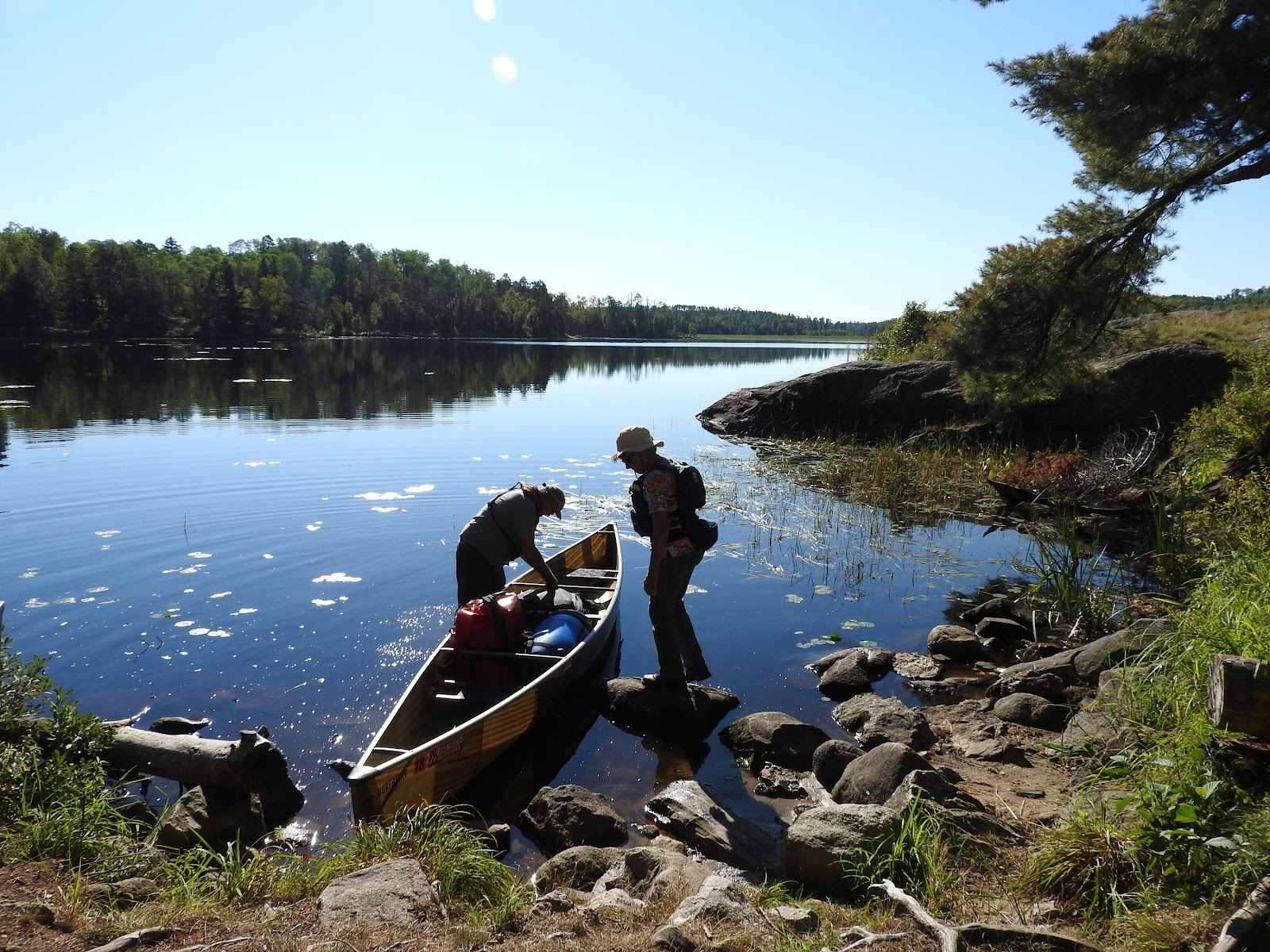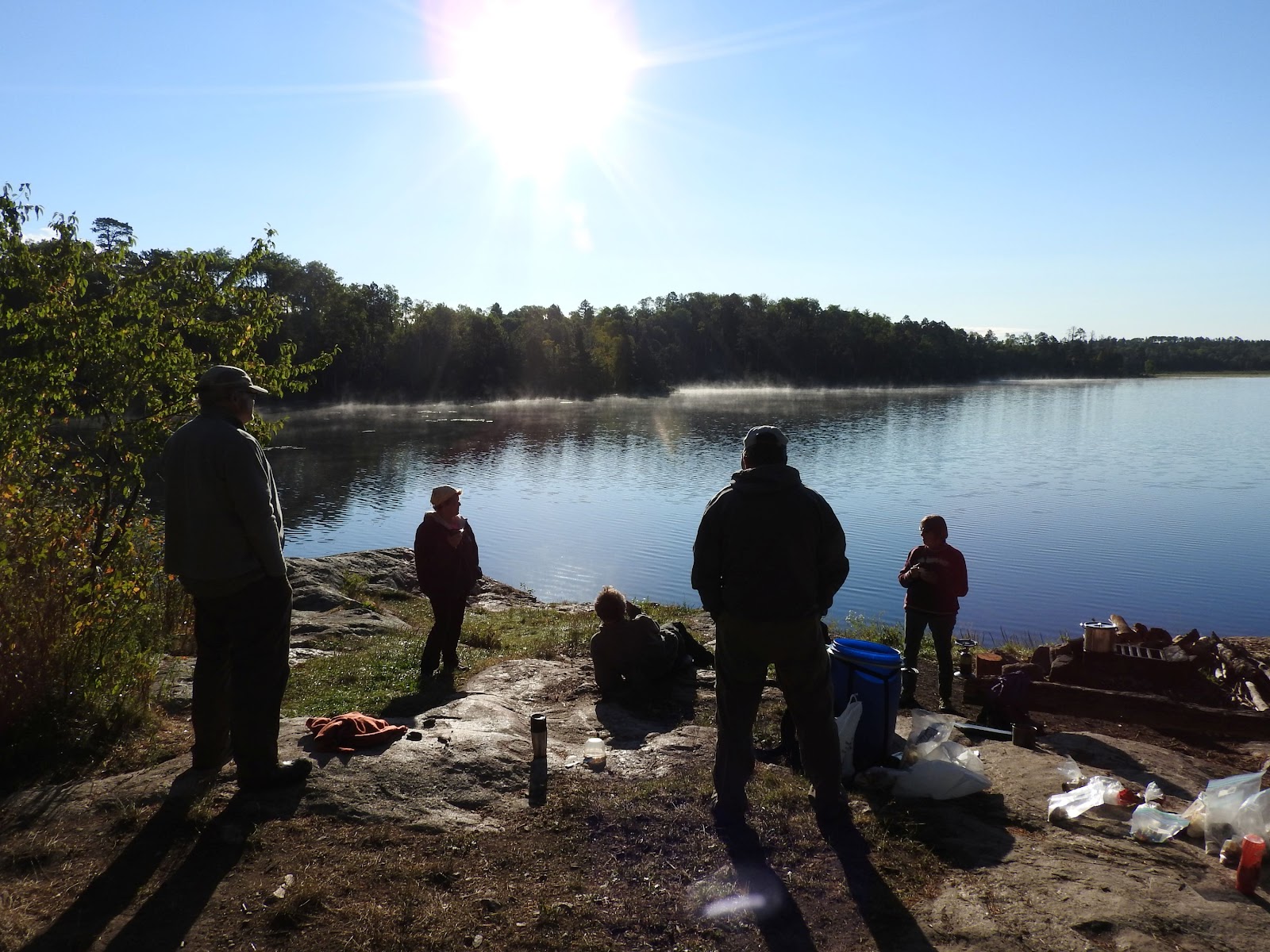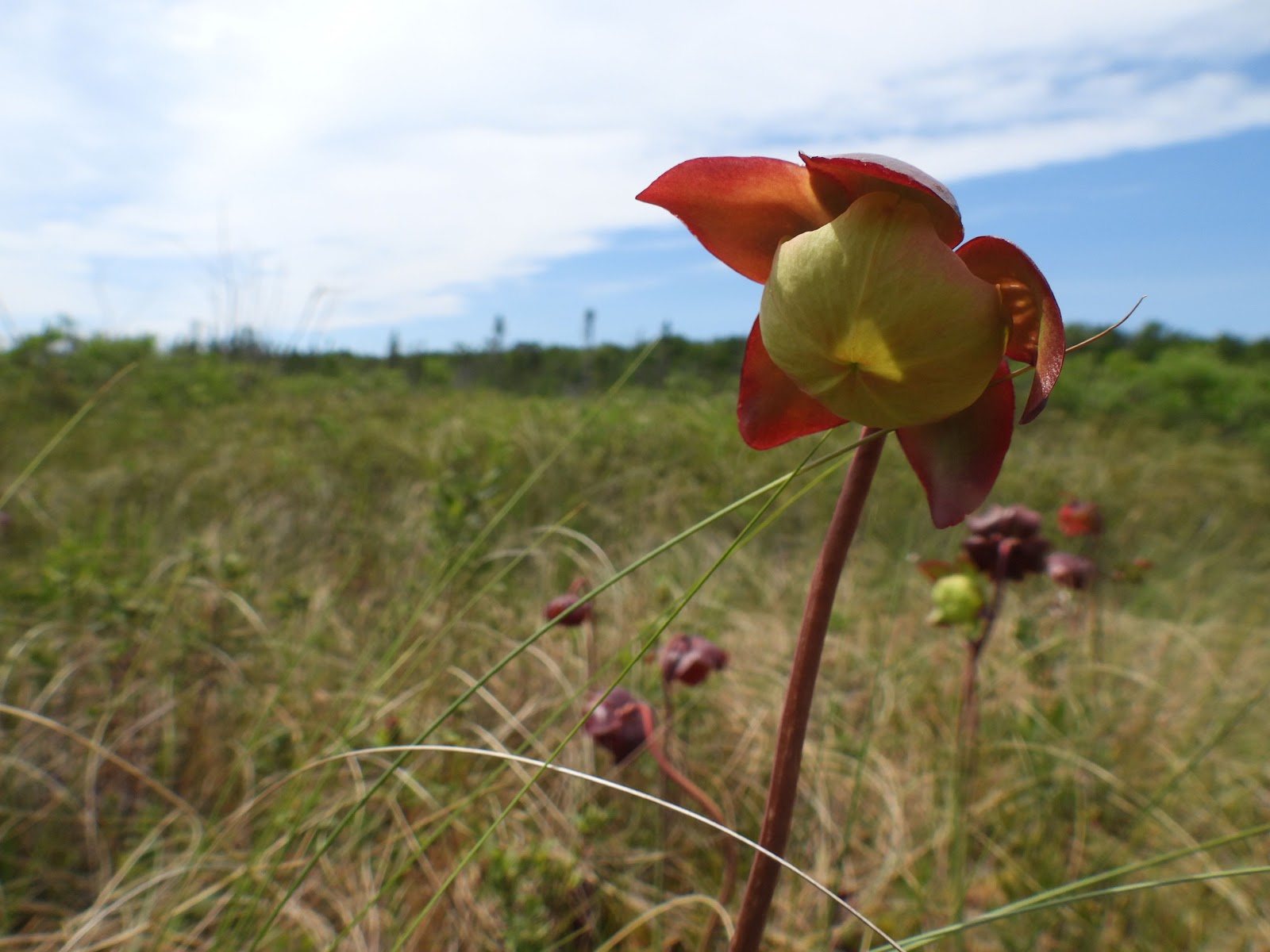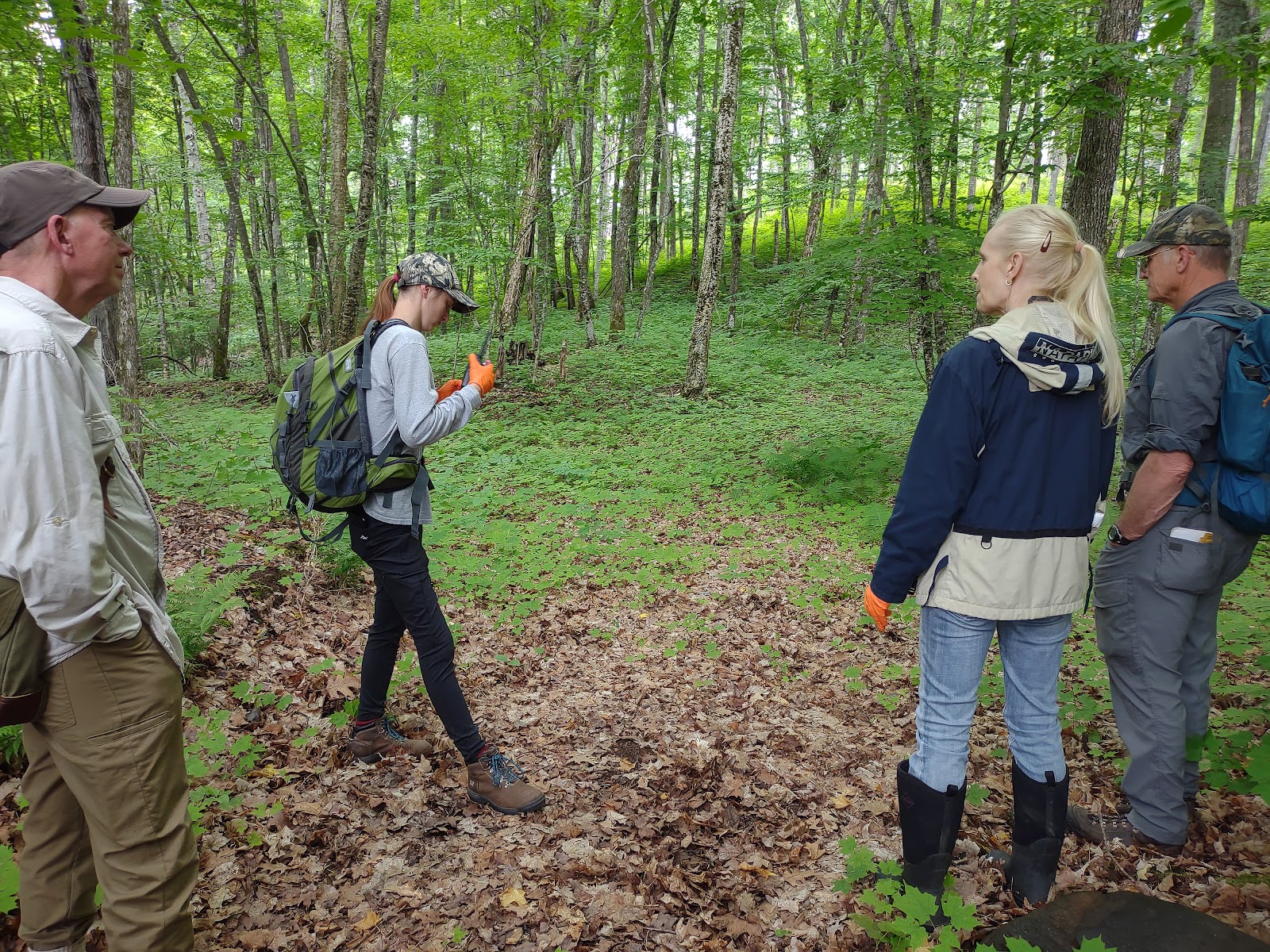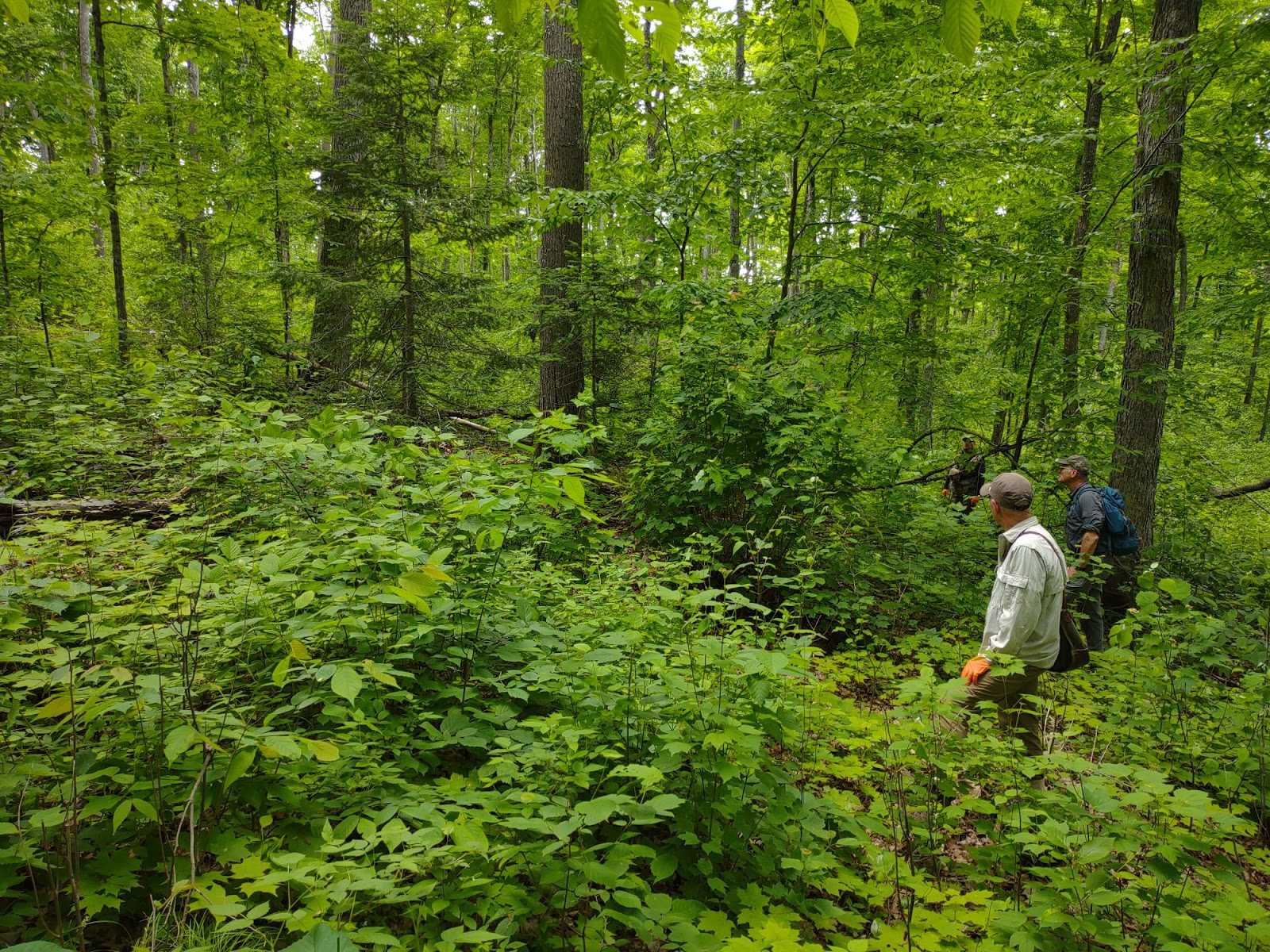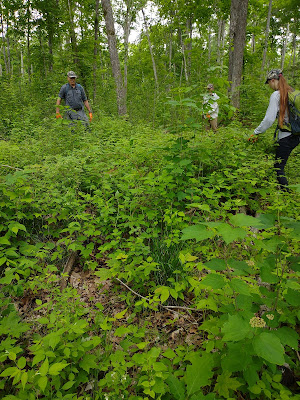Kylie Tatarka is about to start her senior year as an environmental science major at Rochester Institute of Technology. This summer, as a Summer Naturalist Intern at the Museum, she taught our Junior Naturalist programs and spearheaded the creation of the online “Becoming the Northwoods” exhibit.
While leading a group of Junior Naturalists from Wayside Wanderings Natural Play Area back to the Cable Natural History Museum, we came across a field covered in snow. Snow? In July? What we actually saw was a blanket of aspen seeds across the lawn. These seeds are attached to cotton and when they detach from the seed pods in June, the wind picks them up and carries them away to a new home.
Maple seeds also disperse on the wind, using a helicopter spin to move farther from their parent tree and find more space to grow. As a kid I enjoyed when maple tree seeds were falling from their trees, as the helicopter seeds fell in mesmerizing flights through my town parks. My sisters and I would pick them up and force them to whirl downwards again as the wind blew them around.
Seeing the aspen-covered ground reminded me of a tree that is more common in my home state of New York, the eastern cottonwood tree, which is a relative of the aspen with similar cotton-tufted seeds. I grew an affection for these trees while leading a seed dispersal hike. With the kids, we discovered examples of seeds that are dispersed by wind, water, animals, gravity, and bursting. Now I’m always on the lookout for plants with interesting methods of seed dispersal.
While exploring Lake Namakagon in a kayak this summer, I ran into a plant that I don’t often see in New York, the yellow water lily. Their seed heads burst open and the seeds fall onto the surface of the pond or lake where they live. The seeds are then transported to new locations through the movement of the water, reaching places far from their parent plant.
Plants living beside water can also have seeds transported by water, as long as their seeds float, which is the case for the example I used in my dispersal hike, the weeping willow. This tree thrives on the shorelines of ponds and lakes. Their seeds have a light, fluffy casing, similar to the aspen and cottonwood trees, which allows for the seeds to float on top of water.
The next example from the seed dispersal hike has been the most memorable to me. Why? It contained every kid’s favorite topic, poop! Wild grapes are eaten by animals who then poop out the seeds. This fact always forced a pause in the hike so that all of the laughing kids could breathe again. Once they were calm, I explained that the seeds are pooped out into a new part of the environment which helps in creating less competition between the wild grape plants. Since moving to Wisconsin, I’ve been on the lookout for bear scat full of berry seeds, too.
Bursting, or ballistic dispersal may be the most exciting form of seed dispersal. I haven’t seen this yet, but many of my fellow naturalists have raved about the jewelweed's seed pods. When the seed ripens in August, any touch will cause them to burst open and a spring loaded mechanism will send the seeds flying. I can’t wait to witness that!
The mechanism of each seed and how it is transported is a result of centuries of evolution. However, the ability to be dispersed does not guarantee the success of germination for the seeds. A maple tree can produce thousands of seeds a year, but only a small percentage of those will sprout and even fewer will become trees. Dispersal only works if it brings the seed to a site that has the conditions of growth that the seed needs.
Whether they grow or not, each seed is crafted with adaptations to help them disperse. Each seed is special and carries long evolved characteristics that we may or may not think of on a daily basis until it looks like it's snowing in July.
For more than 50 years, the Cable Natural History Museum has served to connect you to the Northwoods. Our Summer Calendar is open for registration! Visit our new exhibit, “Becoming the Northwoods: Akiing (A Special Place). Follow us on Facebook, Instagram, YouTube, and cablemuseum.org to see what we are up to.






